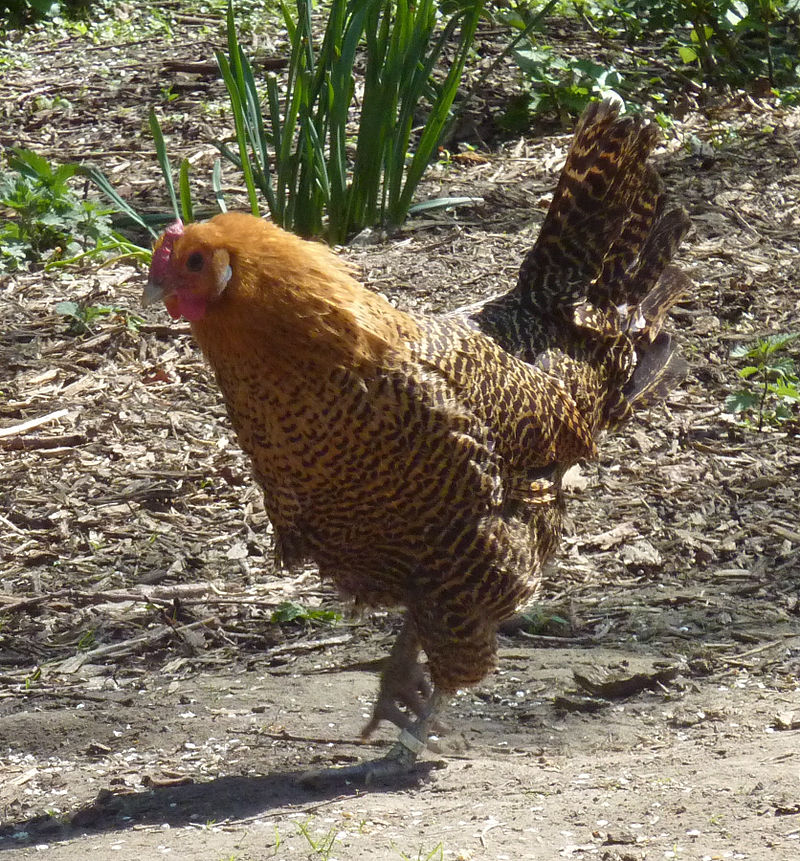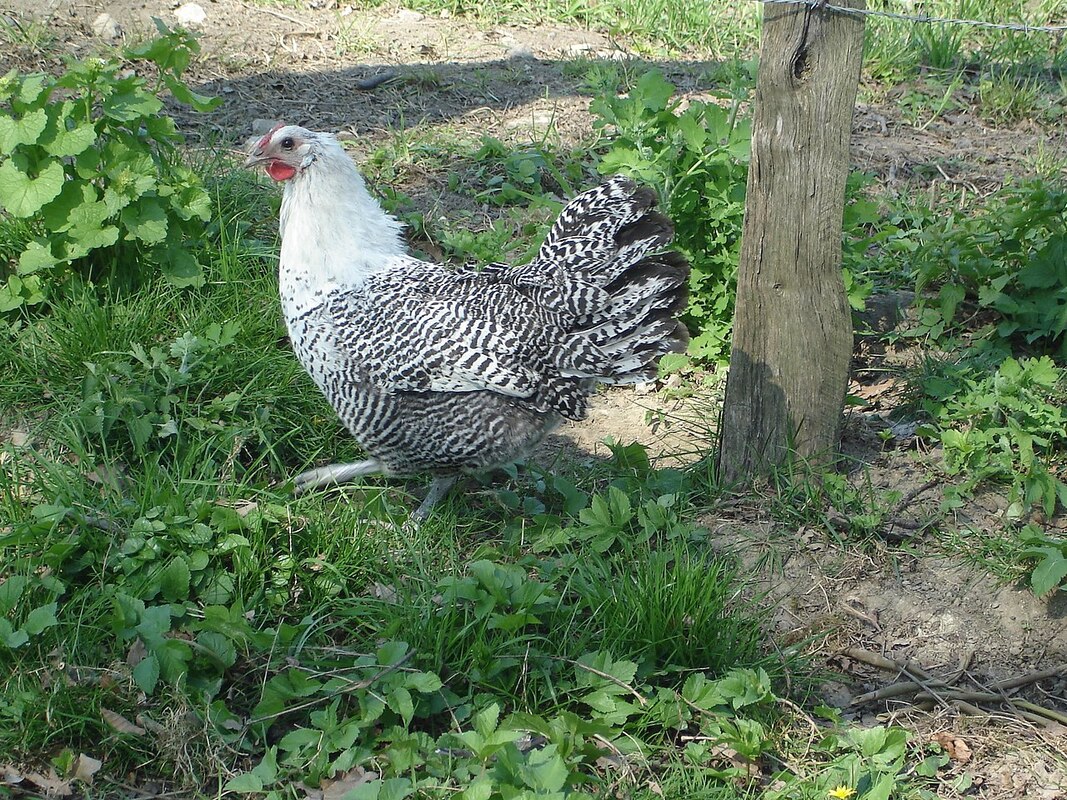What's in a Name?
There is so much rumor and hearsay about these simple chickens, even some outlandish enough to suggest they lay up until the day they die. I suppose that could be true for some who die an early death. But the truth is in the translation.
The origin of the somewhat peculiar name comes from the following: Under the end of the 18th century in Westphalian, German country hens were always great animals to find, as they had a considerable egg production for the time period. 160 eggs per year. So, the rural population gave these chickens the name "Everyday" (All Days) or Dauerleger. The High German term Dauerleger then became "Daudtleijer" under the influence of the Low German (Low German) language. This Low German name then turned into a verbalization with the transmission in the High German language to the "death layer". Finally, the farm who imported them into the United States used the idea of marketing them simply as "Deathlayers" as a marketing tool, adding to that the rumor that they will lay until they die.
There is so much rumor and hearsay about these simple chickens, even some outlandish enough to suggest they lay up until the day they die. I suppose that could be true for some who die an early death. But the truth is in the translation.
The origin of the somewhat peculiar name comes from the following: Under the end of the 18th century in Westphalian, German country hens were always great animals to find, as they had a considerable egg production for the time period. 160 eggs per year. So, the rural population gave these chickens the name "Everyday" (All Days) or Dauerleger. The High German term Dauerleger then became "Daudtleijer" under the influence of the Low German (Low German) language. This Low German name then turned into a verbalization with the transmission in the High German language to the "death layer". Finally, the farm who imported them into the United States used the idea of marketing them simply as "Deathlayers" as a marketing tool, adding to that the rumor that they will lay until they die.
We have not selected a flock from our birds yet - and are waiting for final grow outs to try to minimize concerns from bottle-necked importation breeding programs.
The Westfälische Totleger are precocious animals in which a higher egg yield than in comparable breeds in the foreground. They are easy to raise, are happy and fast. Especially with unlimited run, they roam far and are extremely hard-working feeders, which also weather conditions in harsher climates cause little problems. The Totlegers are very lively and fast-moving, especially in youth development. With proper care, but they can be very trusting.
Breed Development:
The breeder association, founded in 1904 for the preservation of the breed, kept the breeding status, but could not ensure a further spread of the breed, especially since the dead man could not keep up with the new breeds in terms of performance. The Westfälische Totleger were since about 1900 predominantly exhibition breed in the hands of a small circle of dedicated lovers. The stock low point is to be set in the 1980er years. Only from 1988 followed under the newly formed board of the special association of breeders of the Westfälische Totlegerhuhnes with the 1. Chairman W. Dercks a clear upward trend of the breed, which continues until today with their recent importation to the United States. There are multiple farms across the United States who breed these gorgeous birds successfully now.
The breeder association, founded in 1904 for the preservation of the breed, kept the breeding status, but could not ensure a further spread of the breed, especially since the dead man could not keep up with the new breeds in terms of performance. The Westfälische Totleger were since about 1900 predominantly exhibition breed in the hands of a small circle of dedicated lovers. The stock low point is to be set in the 1980er years. Only from 1988 followed under the newly formed board of the special association of breeders of the Westfälische Totlegerhuhnes with the 1. Chairman W. Dercks a clear upward trend of the breed, which continues until today with their recent importation to the United States. There are multiple farms across the United States who breed these gorgeous birds successfully now.
RooBody- full, deep, allround rounded body, semi-high stance
Plumage- full and firm against the body with speckle coloration, black dots littering in the pattern. Lower plumage and fluff is dark gray. Face - Feathered Eyes - Dark brown Lobes - bluish white, round and not too big. Comb - small rose comb, excellent for cold climites Wattles- medium desired, to emphasize here also the weather resistance of the breed. Beak - strong and bluish-horny. Neck - medium-length, richly decorated - full, deep Chest - Full and deep, clear breast-abundance Thighs - Strong medium-length, fine boned Legs/Feet -grey-blue, slender and elegant |
HenPlumage- mottling is much finer than the cock, lower plumage and fluff is dark gray.
Chest- Full and deep, clear breast-abundance Body- full, deep, rounded land-fowl form, pronounced belly. DefectsDue to the bottleneck of the gene pool in the United States there have been the following issues reports:
-Weak Legs/Splay common -Infertility -High egg-death mortality |


